Home>Furniture & Design>Bathroom Accessories>What Is A Bathtub Made Of?
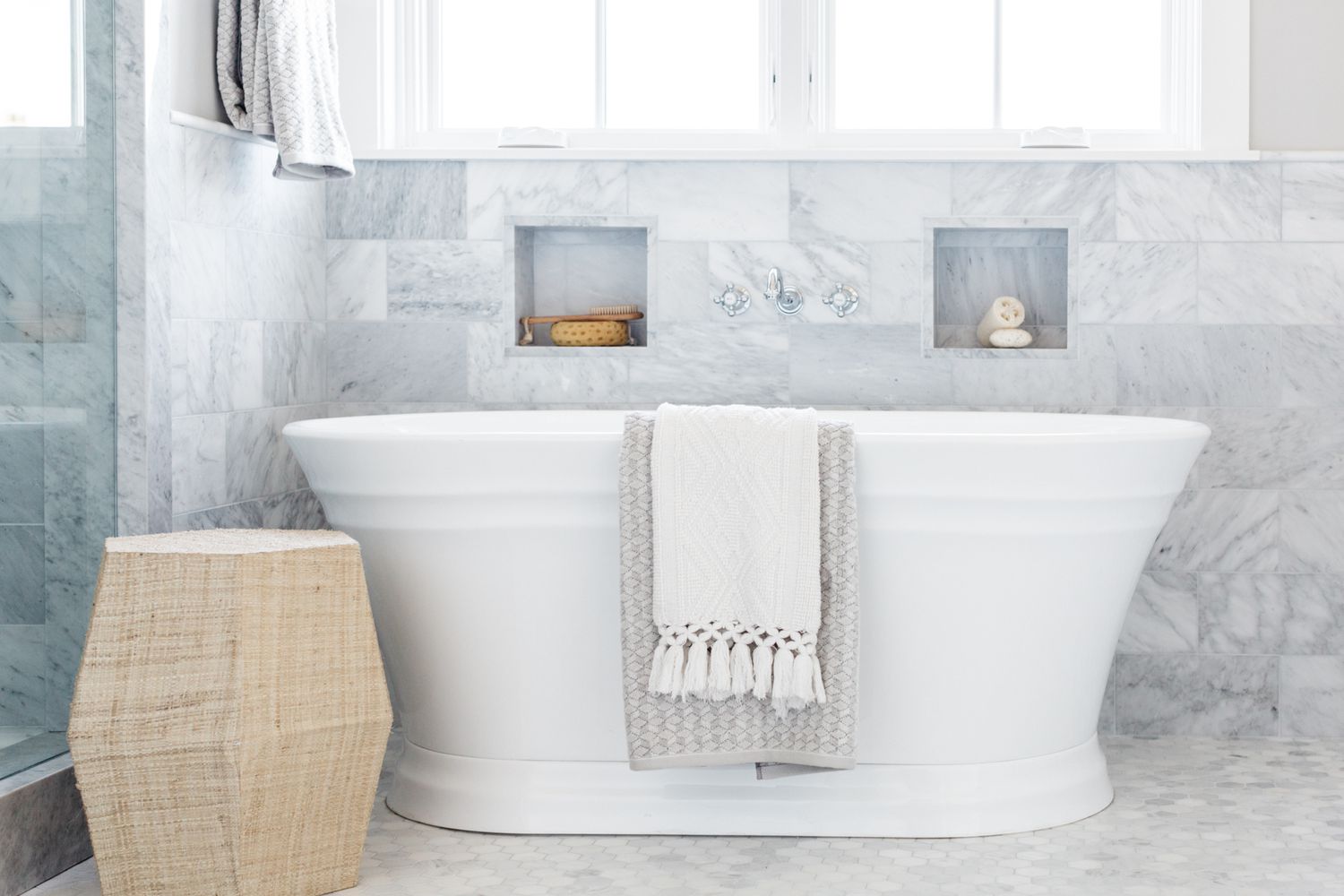

Bathroom Accessories
What Is A Bathtub Made Of?
Modified: March 25, 2024
Discover the various materials used to make bathtubs and find the perfect bathroom accessories for your space. Explore options and make the right choice today!
(Many of the links in this article redirect to a specific reviewed product. Your purchase of these products through affiliate links helps to generate commission for Storables.com, at no extra cost. Learn more)
Different Materials Used for Bathtubs
When it comes to selecting the perfect bathtub for your bathroom, the material it's made of plays a crucial role in both aesthetics and functionality. There are several different materials used for bathtubs, each with its own unique characteristics and benefits. Understanding the differences between these materials can help you make an informed decision when choosing the ideal bathtub for your home.
Read more: How To Tell What A Bathtub Is Made Out Of
1. Fiberglass
Fiberglass bathtubs are a popular choice due to their affordability and lightweight nature. These bathtubs are constructed by reinforcing layers of fiberglass with resin, resulting in a durable and easy-to-install option. The smooth surface of fiberglass bathtubs makes them easy to clean, and they are available in a variety of shapes and sizes to suit different bathroom layouts.
Pros:
- Affordable
- Lightweight
- Easy to install
- Low maintenance
Cons:
- Prone to scratching and fading over time
- Less durable compared to other materials
2. Acrylic
Acrylic bathtubs are crafted from vacuum-formed sheets of acrylic, resulting in a smooth and glossy finish. This material offers a wide range of design possibilities, allowing for various shapes, sizes, and styles to complement any bathroom decor. Acrylic bathtubs are known for their excellent heat retention properties, providing a comfortable bathing experience.
Pros:
- Versatile design options
- Excellent heat retention
- Lightweight
- Easy to clean and maintain
Cons:
- Susceptible to scratching
- May discolor over time with improper cleaning
3. Cast Iron
Cast iron bathtubs are renowned for their timeless appeal and exceptional durability. These bathtubs are made by pouring molten iron into a mold, resulting in a solid and long-lasting product. The enamel coating on cast iron bathtubs not only enhances their aesthetic appeal but also provides a smooth and resilient surface.
Pros:
- Exceptional durability
- Timeless aesthetic appeal
- Excellent heat retention
- Resistant to scratching and fading
Cons:
- Heavy and challenging to install
- Prone to chipping if not handled carefully
4. Cultured Marble
Cultured marble bathtubs are crafted from a blend of crushed marble and resin, creating a luxurious and elegant appearance. This material allows for the creation of unique bathtub designs, including custom shapes and intricate details. Cultured marble bathtubs are non-porous, making them resistant to stains and easy to maintain.
Pros:
- Luxurious appearance
- Customizable designs
- Non-porous and stain-resistant
- Durable and long-lasting
Cons:
- Requires professional installation
- May be more expensive than other materials
Understanding the characteristics and considerations of different bathtub materials can guide you in selecting the most suitable option for your bathroom. Whether you prioritize affordability, durability, or aesthetic appeal, there is a bathtub material that aligns with your preferences and requirements.
Key Takeaways:
- Different bathtub materials offer unique benefits and drawbacks. Fiberglass is affordable and easy to install but prone to scratching. Cast iron is durable and retains heat, but heavy and challenging to install.
- Acrylic bathtubs provide versatile design options and excellent heat retention. However, they are susceptible to scratching and discoloration with improper cleaning. Cultured marble offers a luxurious appearance and customizable designs, but may require professional installation and be more expensive.
Read more: How To Tell What My Bathtub Is Made Of
Pros and Cons of Fiberglass Bathtubs
Fiberglass bathtubs are a popular choice for many homeowners due to their affordability and versatility. Understanding the advantages and disadvantages of these bathtubs can help you make an informed decision when considering this option for your bathroom.
Pros:
-
Affordability: One of the primary advantages of fiberglass bathtubs is their cost-effectiveness. Compared to other materials such as cast iron or marble, fiberglass bathtubs are more budget-friendly, making them an attractive option for those looking to renovate their bathrooms without breaking the bank.
-
Lightweight: Fiberglass bathtubs are significantly lighter than their counterparts made from materials like cast iron. This characteristic makes them easier to transport, handle, and install, reducing the complexity and labor involved in the installation process.
-
Easy to Install: The lightweight nature of fiberglass bathtubs contributes to their ease of installation. Whether you are replacing an existing bathtub or installing a new one, the lightweight construction of fiberglass bathtubs simplifies the installation process, potentially reducing installation costs.
-
Low Maintenance: Fiberglass bathtubs feature a smooth, non-porous surface that is resistant to mold and mildew. This makes them easy to clean and maintain, requiring minimal effort to keep them looking pristine.
Cons:
-
Prone to Scratching and Fading: While fiberglass bathtubs are durable, they are more susceptible to scratching and fading over time compared to materials like acrylic or cast iron. This can detract from their aesthetic appeal and may require additional care to maintain their original luster.
-
Less Durable: In comparison to materials like cast iron, fiberglass is less durable and may be more prone to damage from impacts or heavy use. It's important to handle fiberglass bathtubs with care to prevent potential damage.
Understanding the pros and cons of fiberglass bathtubs can help you evaluate whether this material aligns with your preferences and requirements for your bathroom. Whether you prioritize affordability and ease of installation or are willing to invest in a more durable and long-lasting option, weighing these factors can guide you in making the best choice for your home.
Understanding Acrylic Bathtubs
Acrylic bathtubs are a popular choice for homeowners seeking a versatile and visually appealing option for their bathrooms. Crafted from vacuum-formed sheets of acrylic, these bathtubs offer a smooth and glossy finish that adds a touch of elegance to any bathroom space. The versatility of acrylic allows for a wide range of design possibilities, including various shapes, sizes, and styles, making it easier to find a bathtub that complements the overall aesthetic of the bathroom.
One of the standout features of acrylic bathtubs is their excellent heat retention properties. This means that when you fill the tub with warm water, the acrylic material helps to maintain the water temperature for a longer period, providing a more comfortable and enjoyable bathing experience. This feature is particularly appealing for those who appreciate indulgent, long soaks in the tub.
In addition to their aesthetic appeal and heat retention capabilities, acrylic bathtubs are favored for their lightweight nature. Compared to materials like cast iron, acrylic is significantly lighter, making the transportation and installation process much more manageable. This can be particularly advantageous during bathroom renovations or when replacing an existing bathtub, as the lightweight construction of acrylic bathtubs reduces the complexity and labor involved in the installation process.
However, it's important to consider the potential drawbacks of acrylic bathtubs. While they are known for their durability, acrylic is susceptible to scratching, and improper cleaning methods can lead to discoloration over time. It's essential to use non-abrasive cleaning agents and soft cloths to maintain the pristine appearance of acrylic bathtubs.
In summary, acrylic bathtubs offer a blend of aesthetic appeal, versatility, and practicality. Their ability to retain heat, lightweight construction, and diverse design options make them a compelling choice for homeowners looking to enhance their bathing experience while adding a touch of sophistication to their bathrooms. By understanding the unique characteristics and considerations of acrylic bathtubs, you can make an informed decision when selecting the ideal bathtub for your home.
Read more: What Is Cutlery Made Of
Exploring Cast Iron Bathtubs
Cast iron bathtubs are renowned for their timeless appeal and exceptional durability, making them a popular choice for homeowners seeking a luxurious and long-lasting bathing solution. These bathtubs are crafted by pouring molten iron into a mold, resulting in a solid and robust product that exudes elegance and sophistication.
One of the standout features of cast iron bathtubs is their exceptional durability. The solid construction of cast iron ensures that these bathtubs can withstand the test of time, making them a worthwhile investment for any home. The enamel coating applied to cast iron bathtubs not only enhances their aesthetic appeal but also provides a smooth and resilient surface that is resistant to scratches and fading. This durability ensures that the bathtub maintains its pristine appearance even after years of use, adding to its enduring charm.
In addition to their durability, cast iron bathtubs are celebrated for their excellent heat retention properties. When filled with warm water, the cast iron material helps to maintain the water temperature, allowing for a more indulgent and relaxing bathing experience. This feature is particularly appealing for those who enjoy unwinding in a soothing bath, as it prolongs the enjoyment of the warm water, creating a spa-like atmosphere in the comfort of their own home.
While the durability and heat retention capabilities of cast iron bathtubs are undeniable, it's important to consider the practical aspects of these luxurious fixtures. Cast iron bathtubs are notably heavier than other materials, which can make transportation and installation more challenging. The weight of the bathtub may require additional structural support in the bathroom to ensure proper installation and long-term stability. Additionally, the enamel coating, while resilient, can be prone to chipping if not handled carefully, requiring cautious maintenance to preserve its flawless finish.
In summary, cast iron bathtubs offer a harmonious blend of timeless elegance, exceptional durability, and luxurious bathing experiences. Their solid construction, heat retention properties, and resistance to scratches and fading make them a compelling choice for homeowners seeking a sophisticated and enduring addition to their bathrooms. By exploring the unique characteristics and considerations of cast iron bathtubs, you can make an informed decision when selecting the ideal bathing solution for your home.
The Appeal of Cultured Marble Bathtubs
Cultured marble bathtubs offer a luxurious and elegant bathing experience, making them a highly sought-after choice for homeowners looking to elevate the aesthetic appeal of their bathrooms. Crafted from a blend of crushed marble and resin, these bathtubs exude a timeless charm and sophistication that adds a touch of opulence to any bathing space.
One of the most compelling aspects of cultured marble bathtubs is their luxurious appearance. The incorporation of crushed marble in the manufacturing process results in a smooth, lustrous surface that mimics the natural beauty of genuine marble. This creates a visually stunning focal point in the bathroom, enhancing the overall ambiance and creating a sense of refinement and indulgence.
Furthermore, the customizable nature of cultured marble allows for the creation of unique and intricate designs, including custom shapes, sizes, and detailing. This versatility enables homeowners to personalize their bathtubs to align with their specific aesthetic preferences, ensuring that the bathtub becomes a bespoke centerpiece that complements the overall design of the bathroom.
In addition to their aesthetic appeal, cultured marble bathtubs offer practical benefits that contribute to their allure. The non-porous nature of the material makes these bathtubs resistant to stains and easy to maintain, providing a durable and long-lasting bathing solution. This inherent resilience ensures that the bathtub retains its pristine appearance over time, requiring minimal upkeep to preserve its luxurious allure.
While the appeal of cultured marble bathtubs is undeniable, it's important to note that professional installation is typically recommended due to the intricacies of working with this material. Additionally, the cost of cultured marble bathtubs may be higher compared to other materials, reflecting the premium quality and craftsmanship associated with these luxurious fixtures.
In summary, the appeal of cultured marble bathtubs lies in their ability to seamlessly blend opulent aesthetics with practical functionality. Their luxurious appearance, customizable designs, and durable nature make them a captivating choice for homeowners seeking to create a lavish and inviting bathing environment. By understanding the unique allure of cultured marble bathtubs, homeowners can make an informed decision when selecting the perfect bathing solution to elevate the elegance of their bathrooms.
Frequently Asked Questions about What Is A Bathtub Made Of?
Was this page helpful?
At Storables.com, we guarantee accurate and reliable information. Our content, validated by Expert Board Contributors, is crafted following stringent Editorial Policies. We're committed to providing you with well-researched, expert-backed insights for all your informational needs.

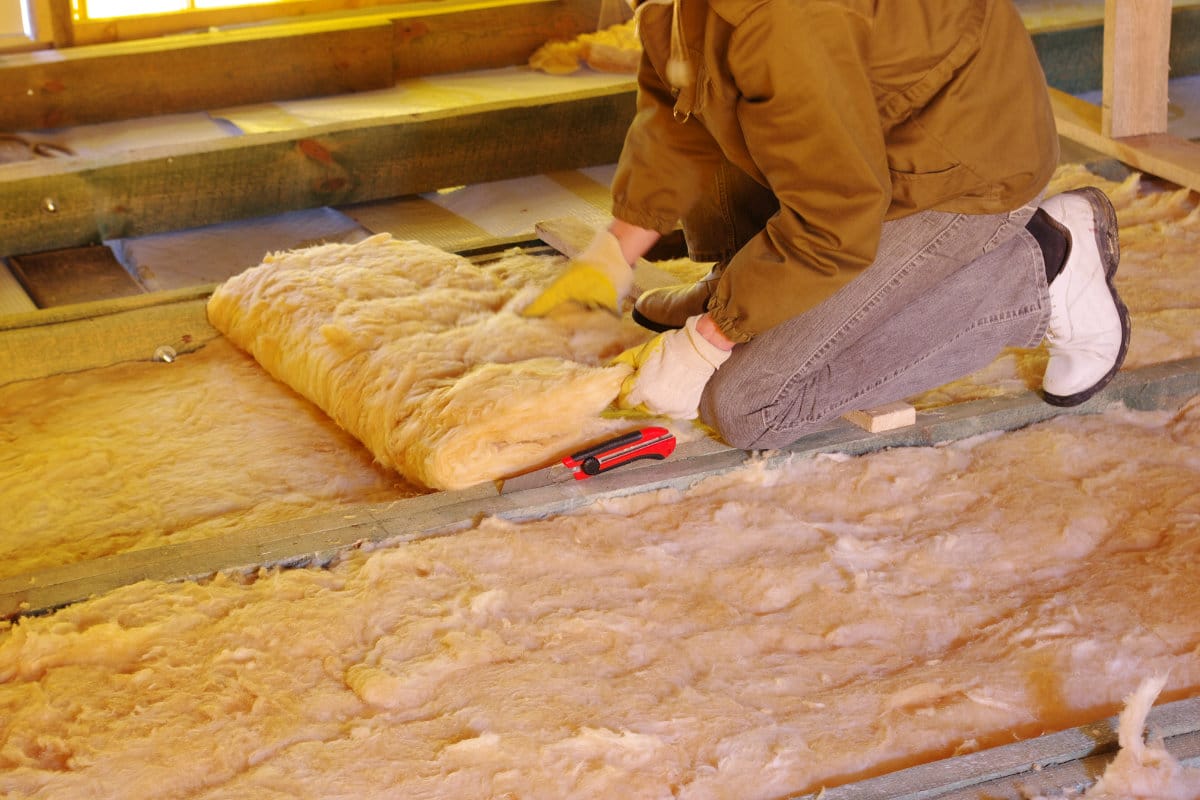

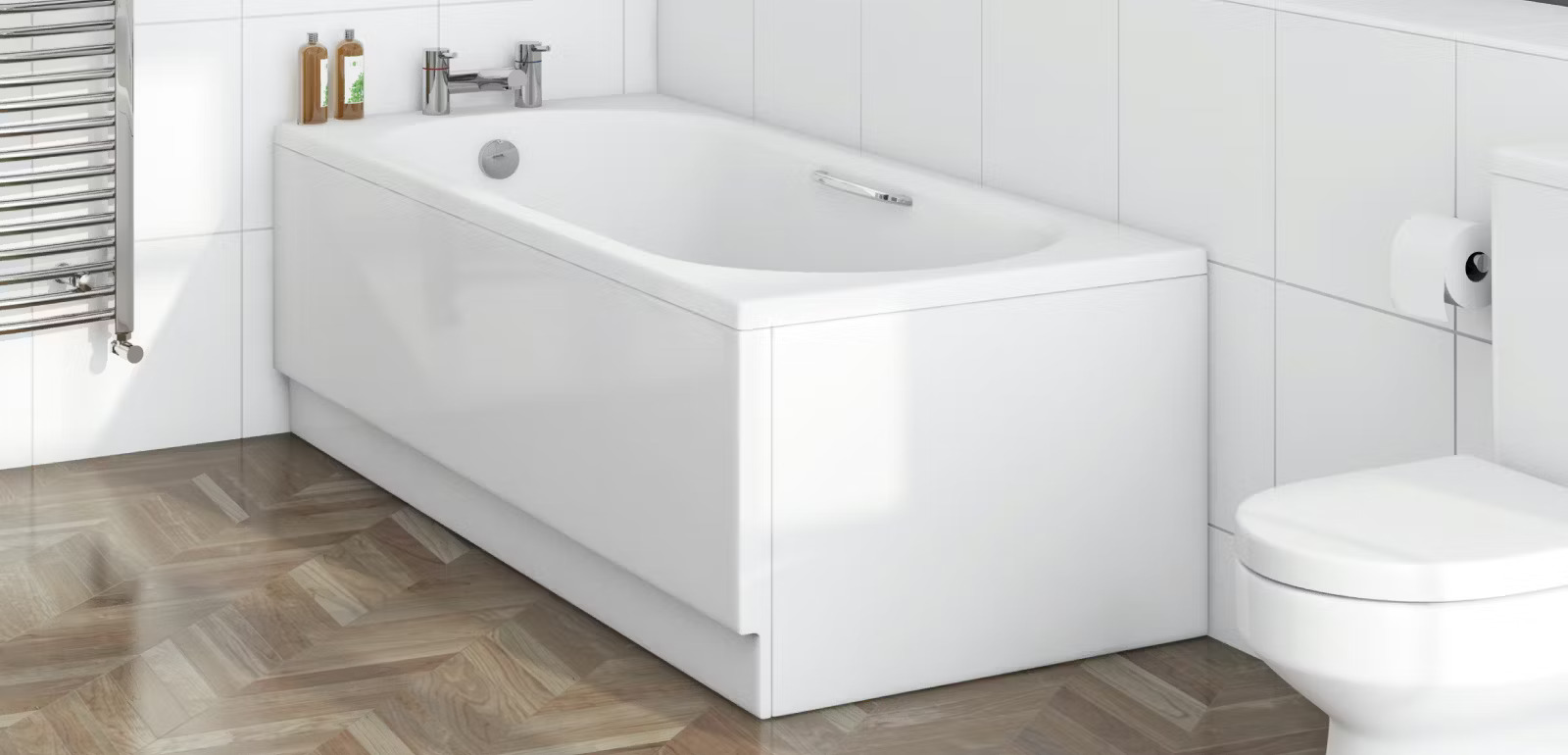
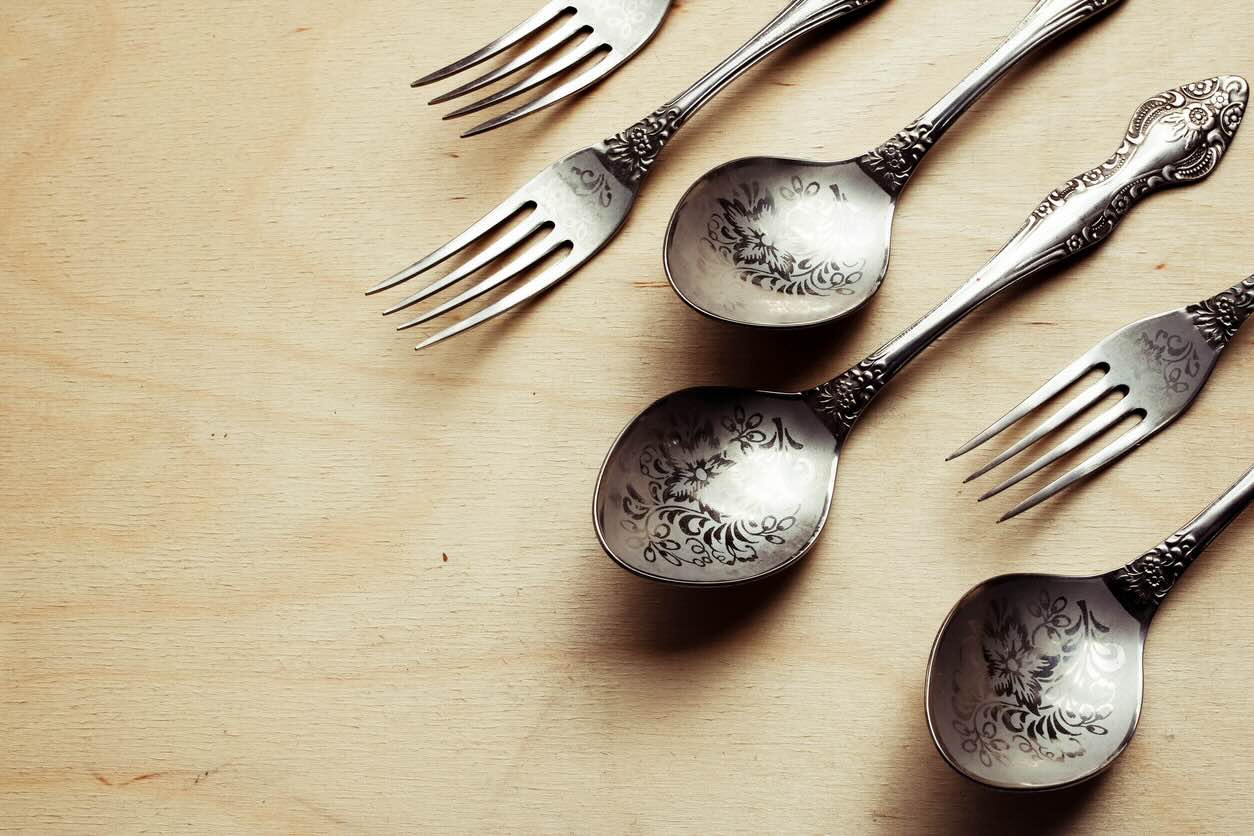
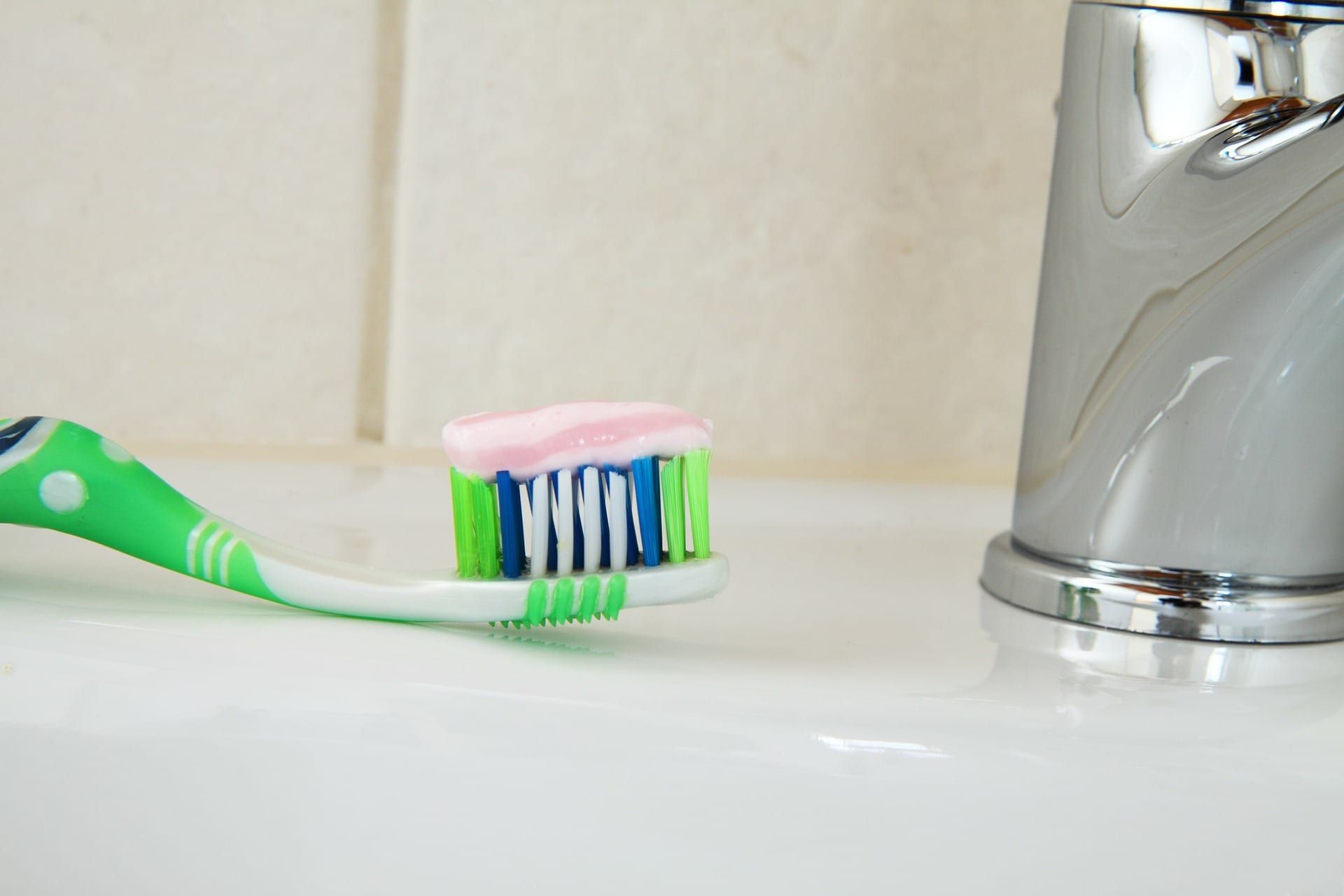

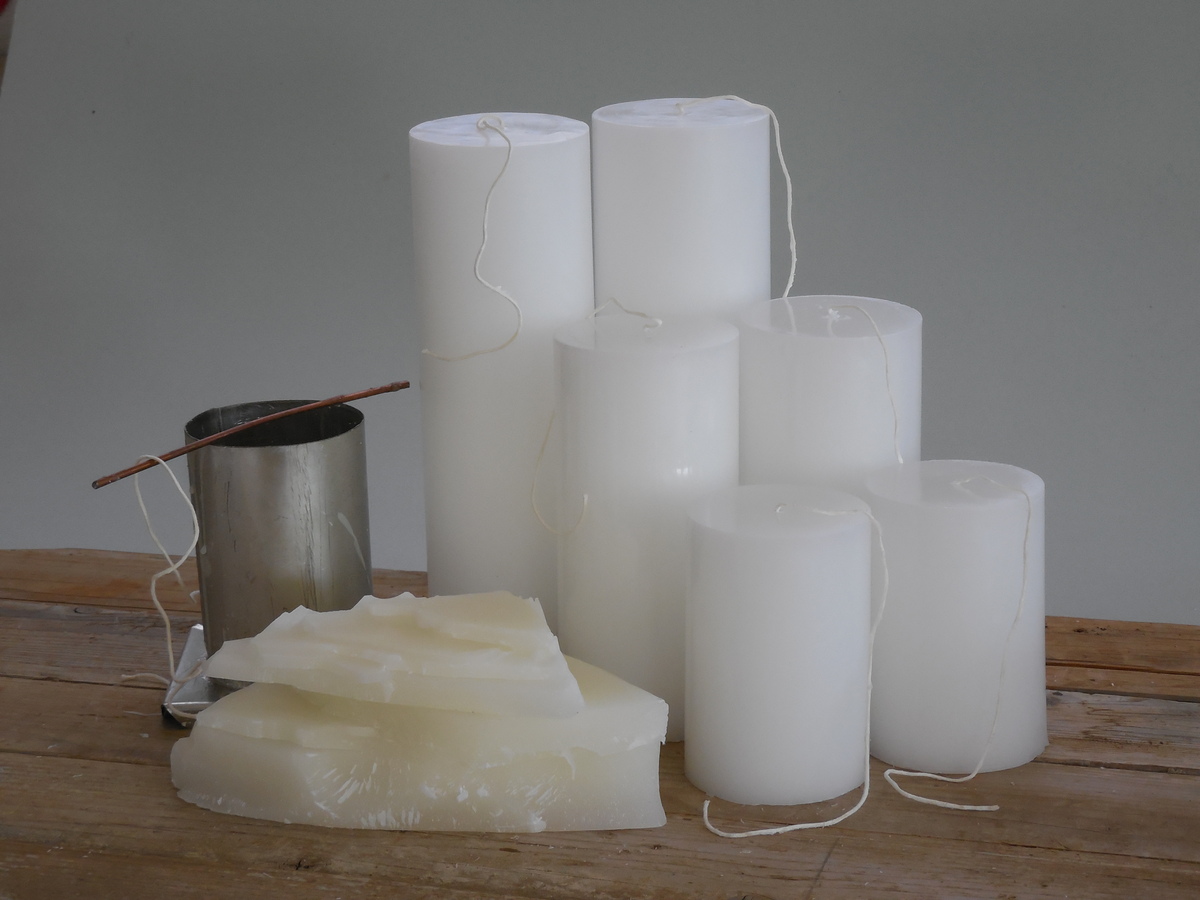
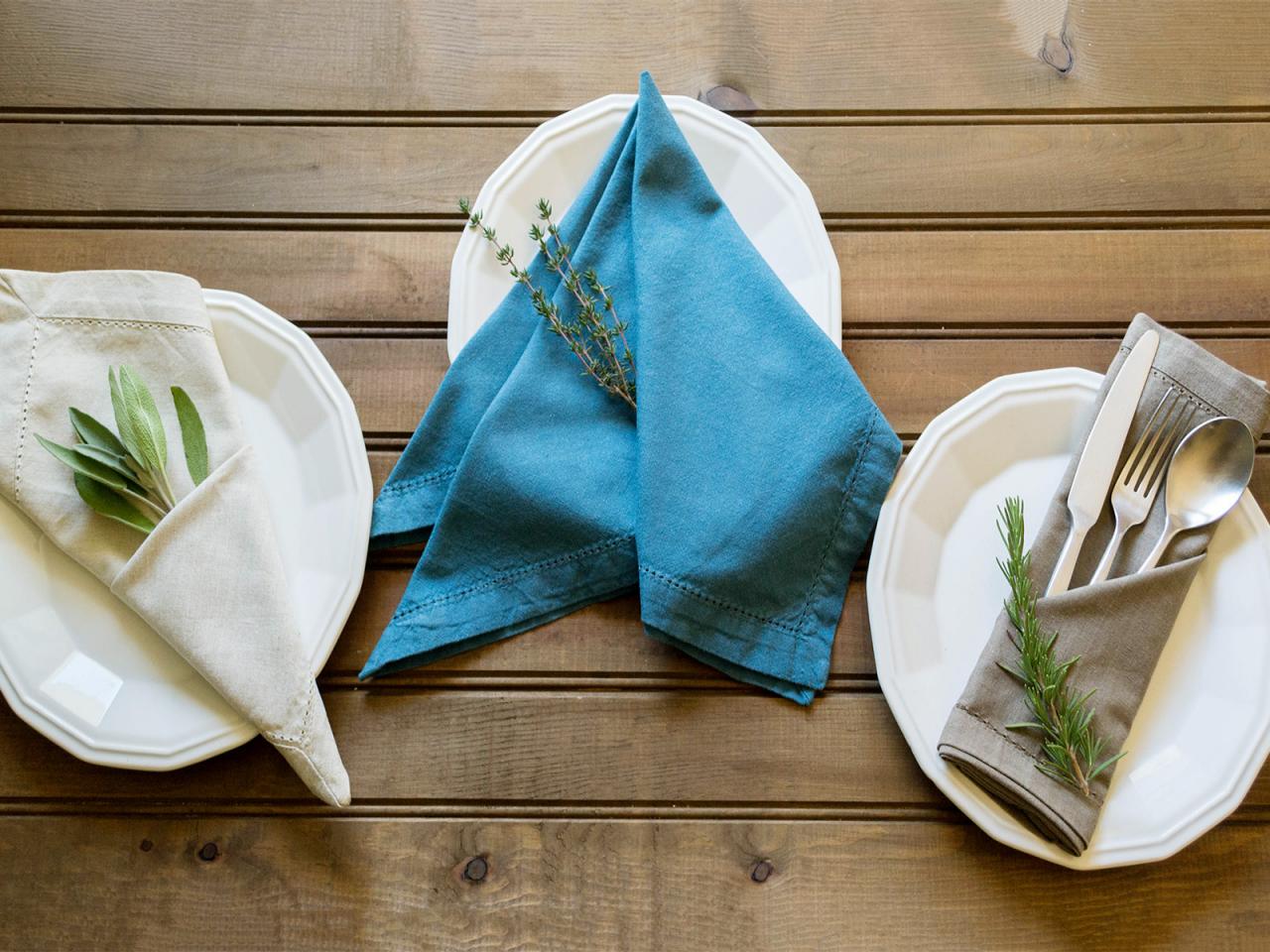
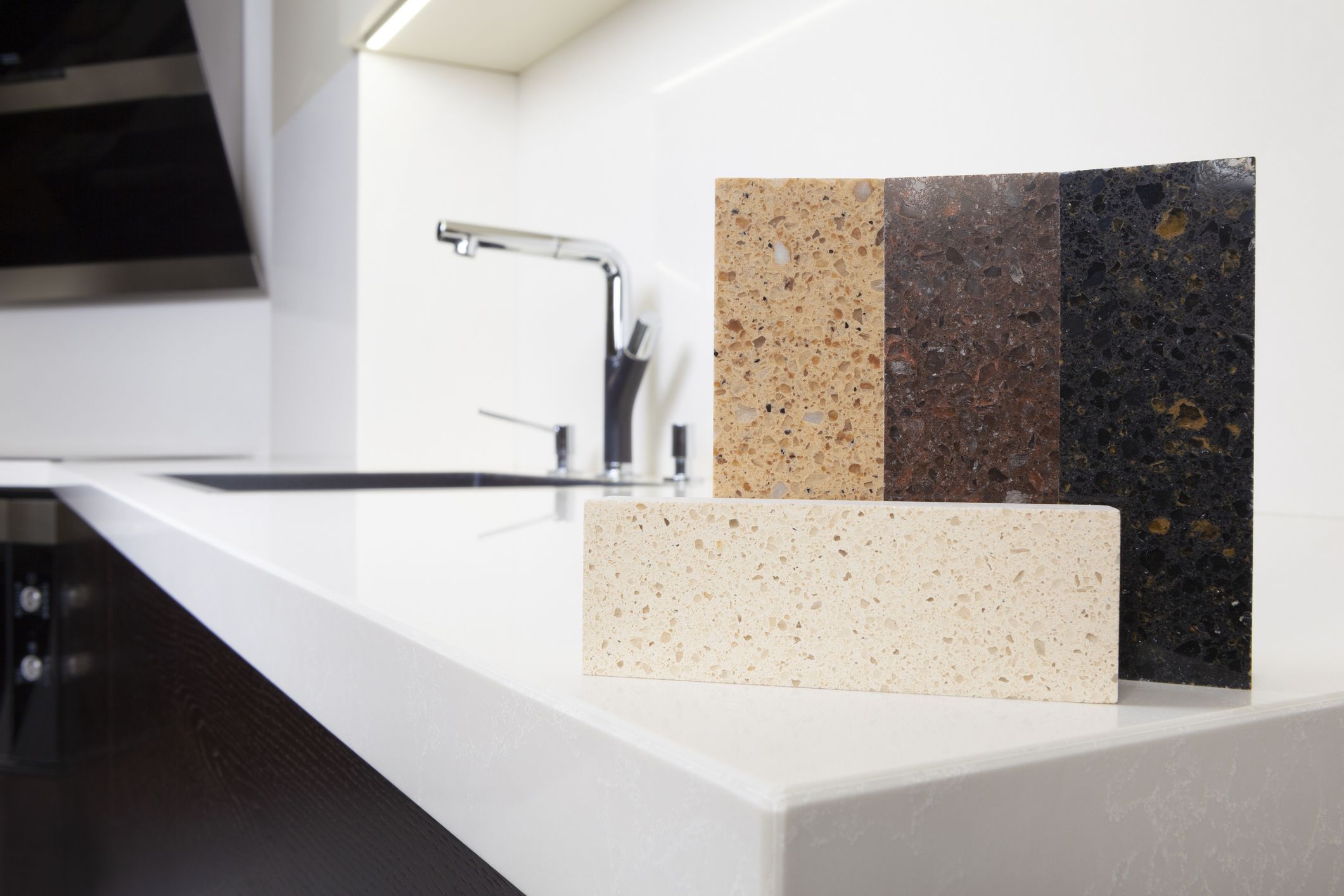

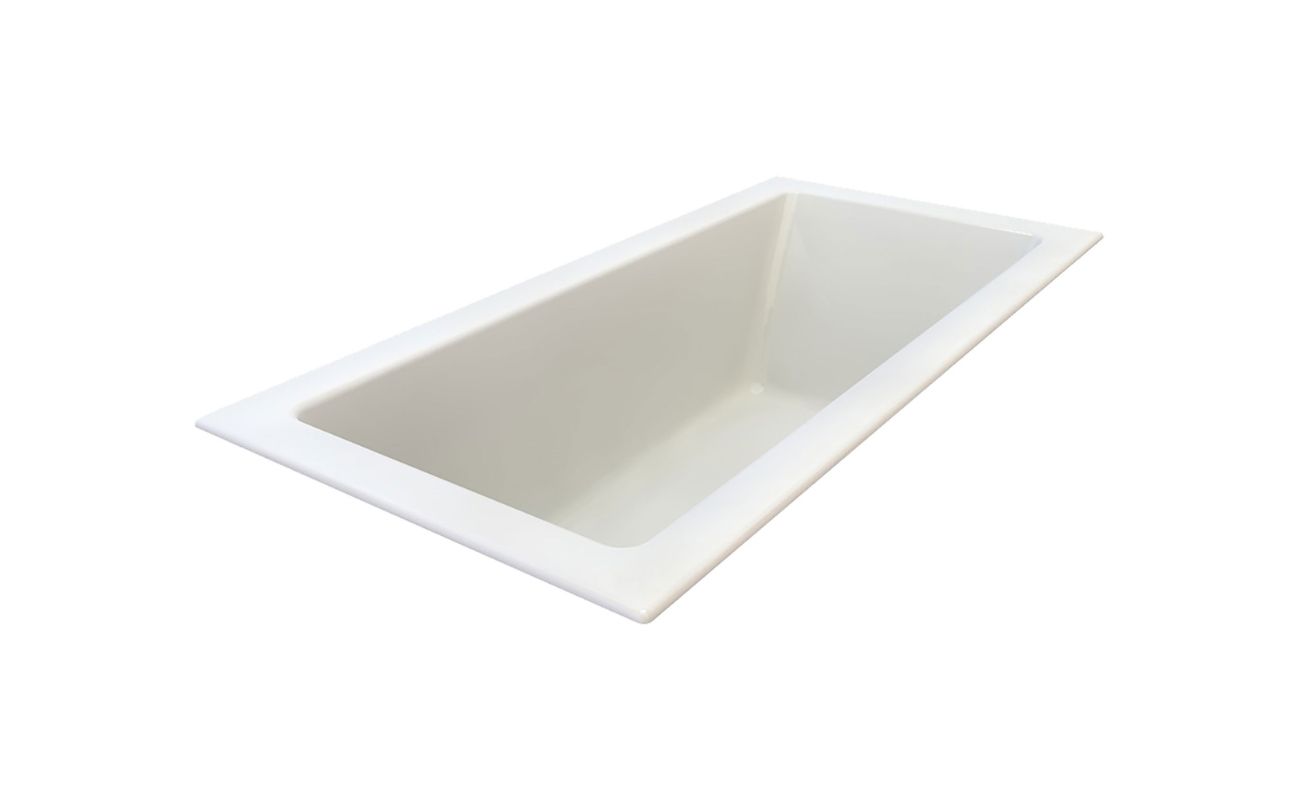
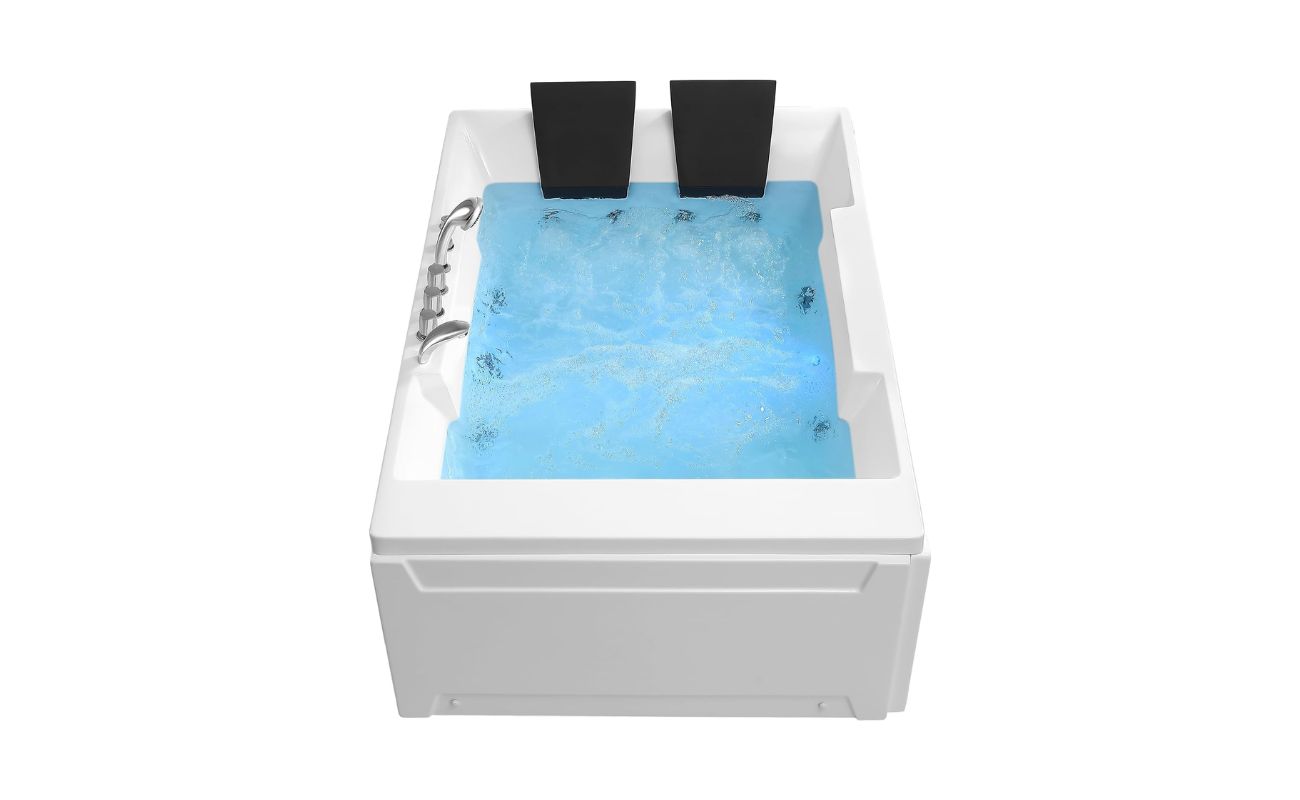

0 thoughts on “What Is A Bathtub Made Of?”